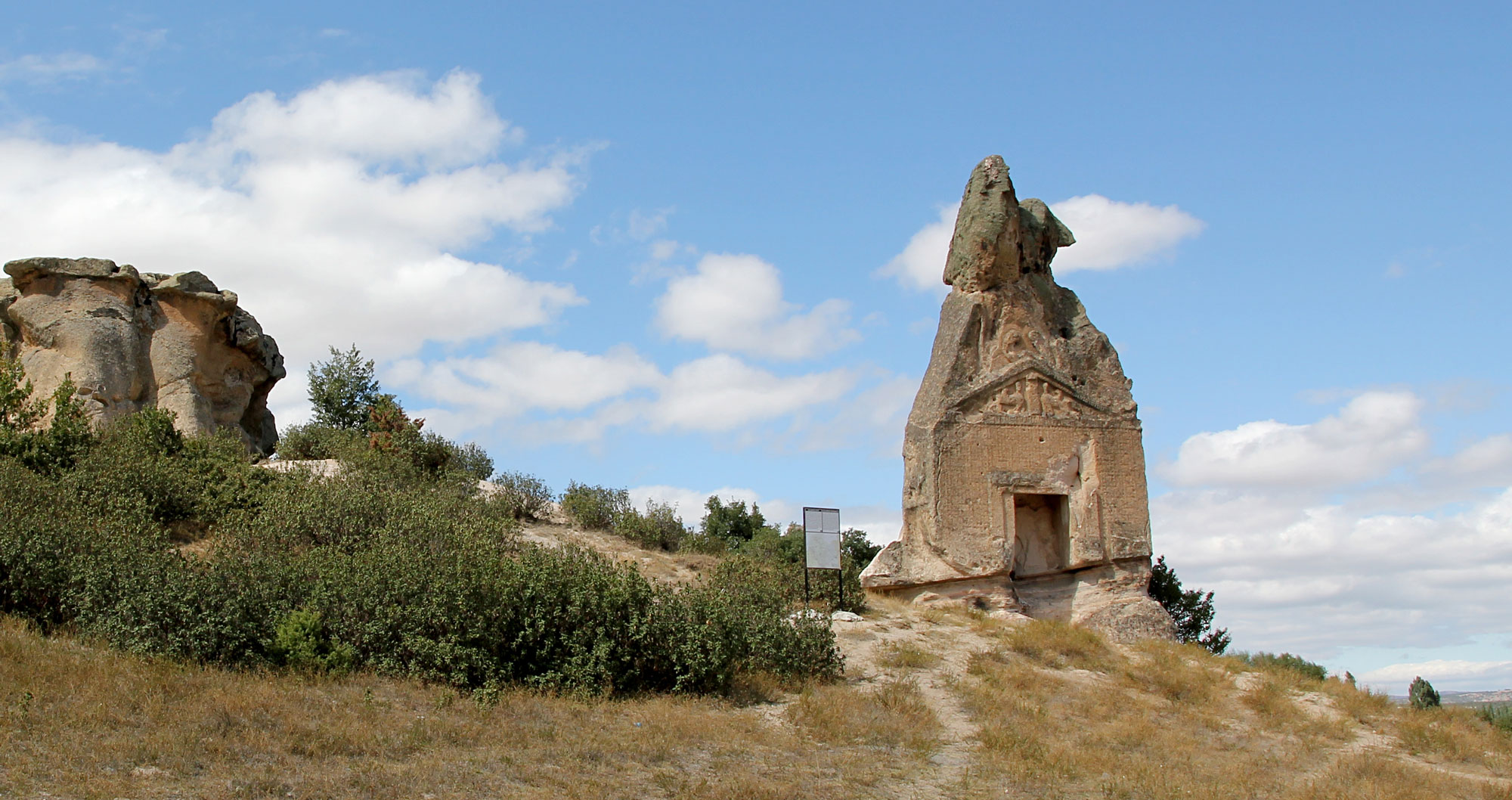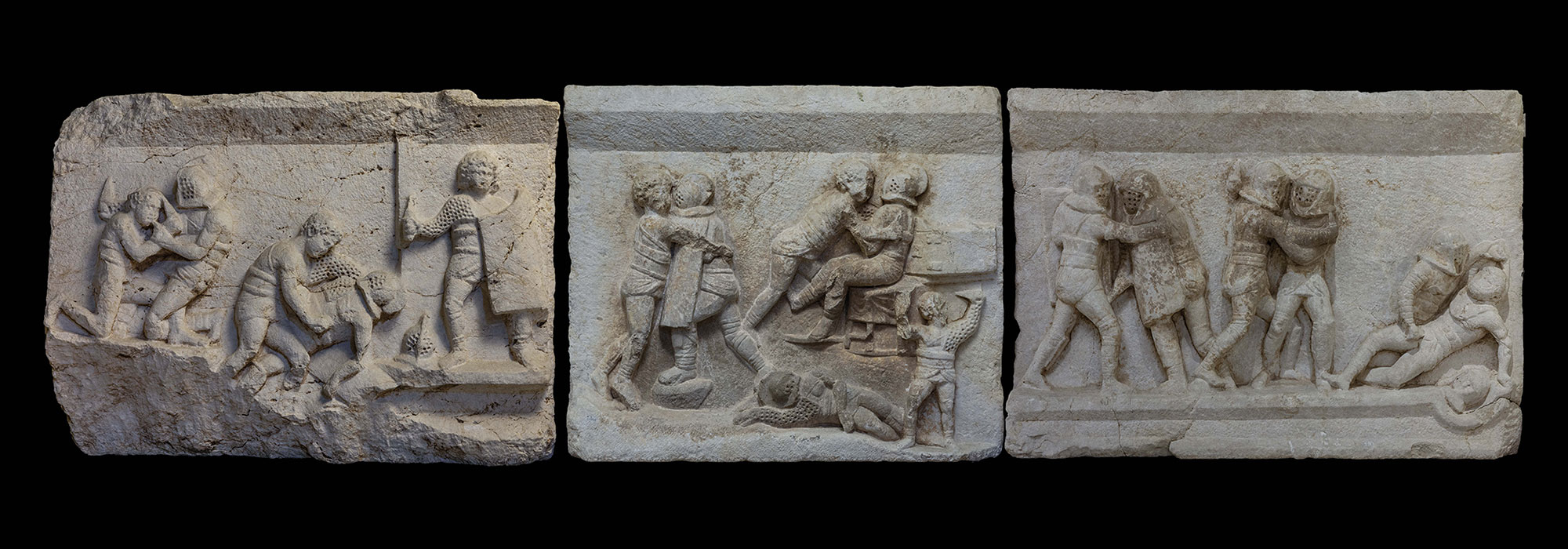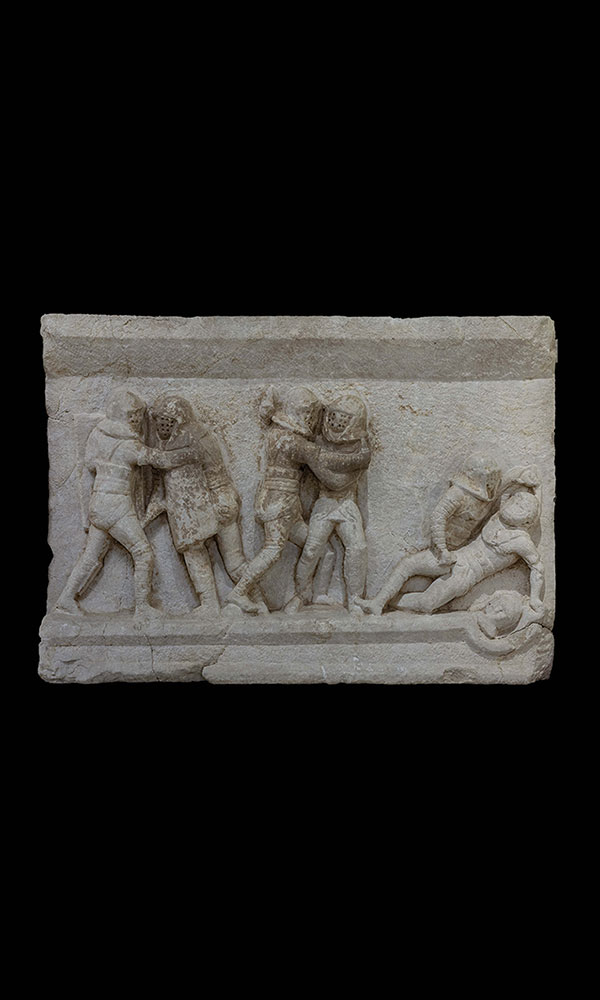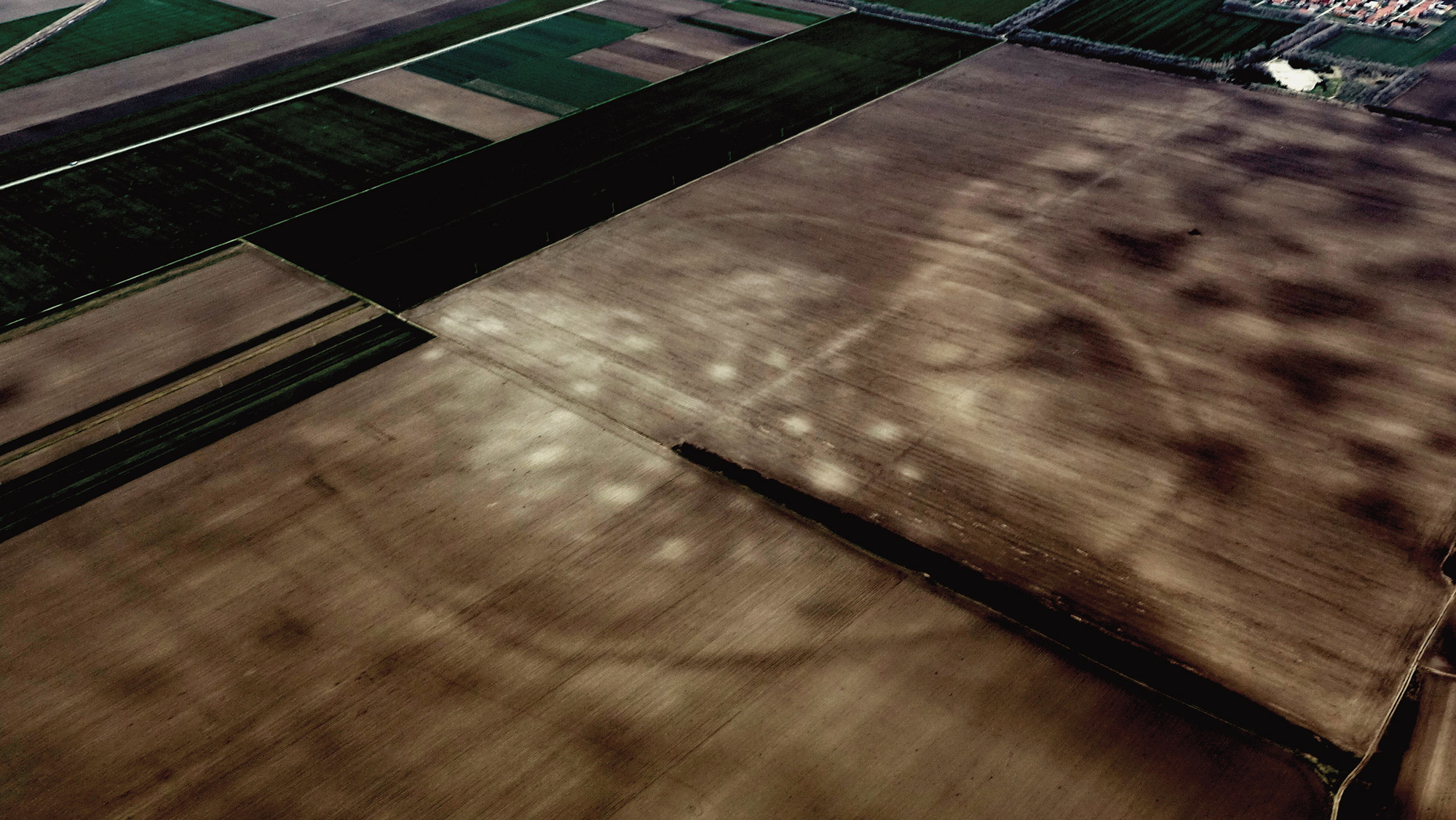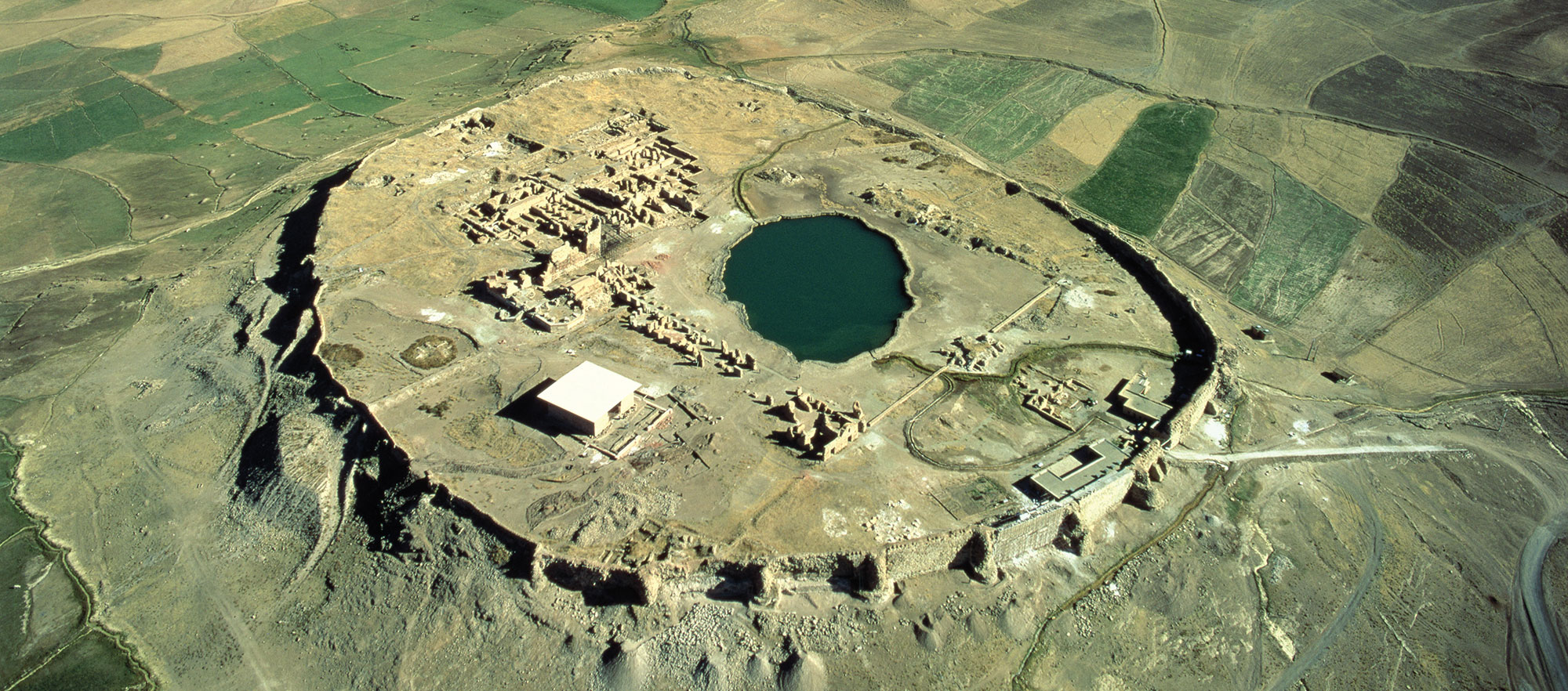
ARSLAN KAYA, TURKEY—LiveScience reports that an inscription on an ancient monument in west-central Turkey has been deciphered by historian Mark Munn of Pennsylvania State University. Known today as Arslan Kaya, or “Lion Rock” in Turkish, the monument depicts a goddess flanked by lions and sphinxes. A weathered inscription beneath the goddess written in the language of the Phrygians, a people whose kingdom ruled the region from ca. 800 to 700 b.c., has been the subject of scholarly debate since the monument was rediscovered in the nineteenth century. By examining old photographs of the inscription and his own images of it taken when the light was particularly favorable, Munn has determined that it spells out the name Materan, a Phrygian mother goddess whose counterpart was also worshipped by the Greeks and Romans. Munn dates the monument to the mid-seventh century b.c., after the ascendancy of the Lydian people, whose kingdom came to rule regions previously under Phrygian control. This suggests the Lydians also held the Phrygian goddess in high esteem. To read about a discovery unearthed at a city that was once inhabited by both Lydians and Phrygians, go to “Who Is That Masked God?”


